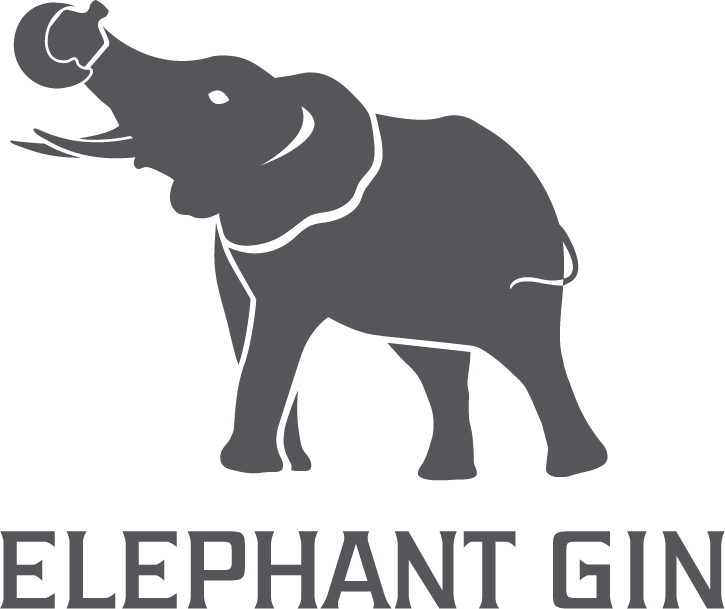- Choosing a selection results in a full page refresh.
- Opens in a new window.
Mama Afrika

In the 1980s the population of desert-adapted elephants in the Southern Kunene Region of Damaraland were wiped out through years of poaching and hunting. For years elephants were absent from the area. This was until 1998 when Voortrekker, a bull, led Mama Afrika’s herd back to the Ugab River. From that point other herds followed until today where there are a total of 7 elephant herds in the Ugab and Huab River vicinities.
The small group of elephants and the matriarch of the herd, Mama Afrika, must have been surprised at their leader’s actions, but trusted him implicitly, as his instincts always had turned out right before. The family unit, consisting of only about 20 individual elephants, had moved in. The Damaraland Desert was now their home and they had to survive.
The original group of 20 elephants split into three distinct family units, each favoring specific areas of the Desert for themselves. Over the years they travelled many miles, their feet developing wider than those of other elephants. They became skinnier than normal elephants, and they started nursing their babies for twice as long to adapt to the harsh conditions.
Through concerted efforts by the Ministry of Environment and Tourism (MET), Integrated Rural Development and Nature Conservation (IRDNC), Save the Rhino Trust and other NGOs over the past 20 years, the population of desert dwelling elephants in the region has grown from as low as 52 members to a current estimated population of 600 elephants.
Photo copyright and text: CJ Carrington with a special thanks to Vera Galot


